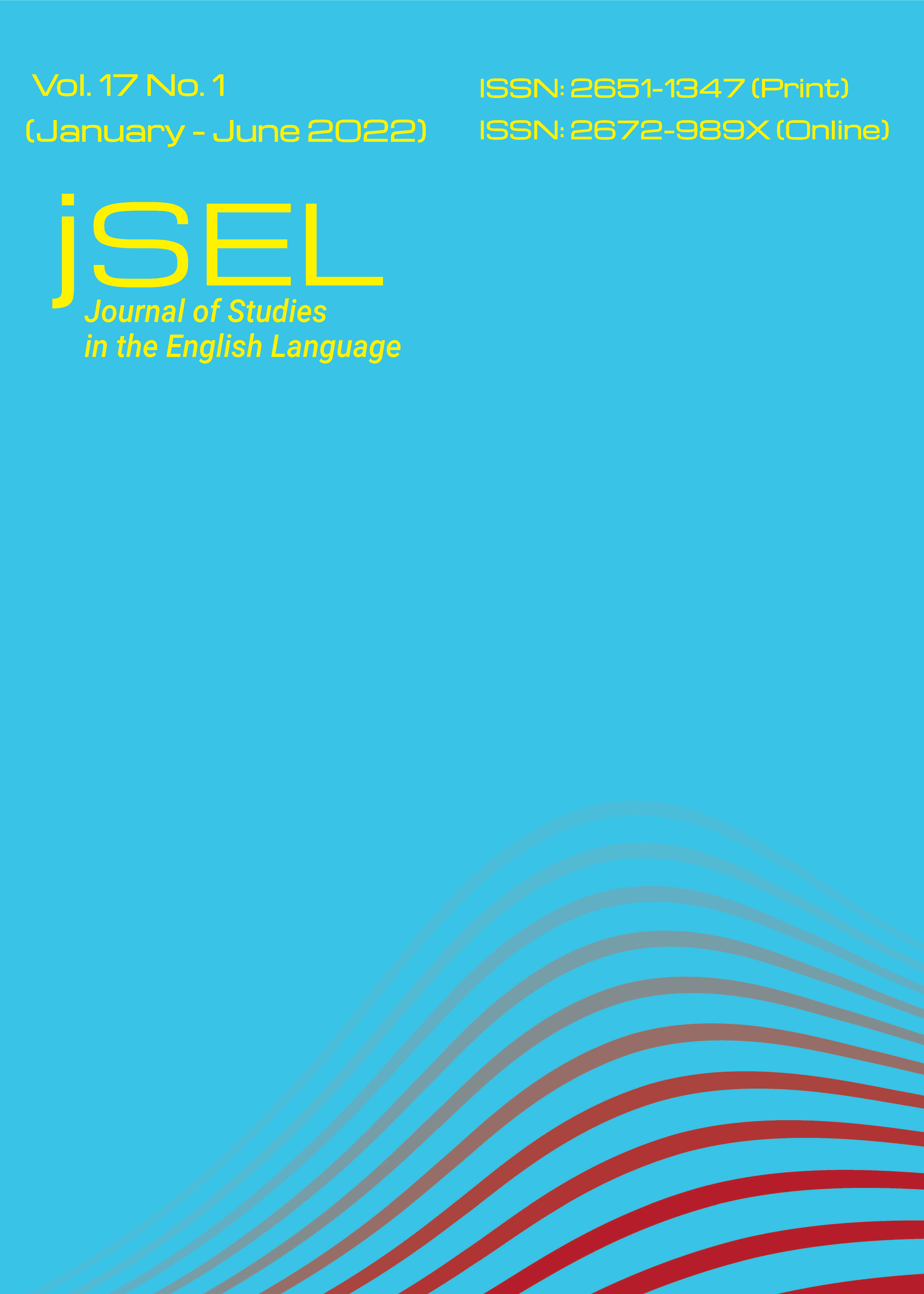Atwood’s Speculative Dystopian Imagination: Inequality, Hierarchy, and Warped Ethics as Harbingers of Apocalypse in Oryx and Crake
Main Article Content
Abstract
This article examines Margaret Atwood’s imaginings of a pre-apocalyptic future in Oryx and Crake in order to discuss the root causes of the world’s social and ecological ruination. Applying Murray Bookchin’s theory of social ecology in its analysis, it argues that the major factors constituting a dystopian society and serving as harbingers of the apocalypse are diversiform inequality and deep-seated hierarchy. It specifically demonstrates how environmental destruction is profoundly connected with social problems arising from these two factors. Furthermore, the paper contends that such a society significantly influences the characters’ worldview resulting in warped ethics. Finally, this dystopian landscape and its distorted ethics give birth to two kinds of people: one is Crake, a megalomaniac eugenicist who in his self-righteous attempt to create a better world almost obliterates the whole human race, and the other kind are those who acquiescently allow such incident to happen.
Article Details

This work is licensed under a Creative Commons Attribution-NonCommercial-NoDerivatives 4.0 International License.
Authors who publish with this journal agree to the following terms: Authors retain copyright and grant the journal right of first publication with the work simultaneously licensed under a Creative Commons Attribution License that allows others to share the work with an acknowledgement of the work's authorship and initial publication in this journal. Authors are able to enter into separate, additional contractual arrangements for the non-exclusive distribution of the journal's published version of the work (e.g., post it to an institutional repository or publish it in a book), with an acknowledgement of its initial publication in this journal. Authors are permitted and encouraged to post their work online (e.g., in institutional repositories or on their website) prior to and during the submission process, as it can lead to productive exchanges, as well as earlier and greater citation of published work (See The Effect of Open Access).References
Atwood, M. E. (2012). Survival: A thematic guide to Canadian literature. House of Anansi Press.
Atwood, M. E. (2013). Oryx and Crake. Virago Press.
Atwood, M. E. (2014). In other worlds: SF and the human imagination. Virago Press.
Bookchin, M. (1982). Ecology of freedom: The emergence and dissolution of hierarchy. Cheshire Books.
Bouson, J. B. (Ed.). (2010). Margaret Atwood: The robber bride, the blind assassin, Oryx and Crake. Continuum.
Bouson, J. B. (2011). We’re using up the earth. It’s almost gone: A return to the post-apocalyptic future in Margaret Atwood’s the year of the flood. Journal of Commonwealth Literature, 46(1), 9-26. https://doi.org/10.1177/0021989410395430
Buell, L. (1995). The environmental imagination: Thoreau, nature writing, and the formation of American culture. Harvard University Press.
Canavan, G. (2012). Hope, but not for us: Ecological science fiction and the end of the world in Margaret Atwood’s Oryx and Crake and the year of the flood. LIT Literature Interpretation Theory, 23(2), 138-159. https://doi.org/10.1080/10436928.2012.676914
Dunlap, A. (2013). Eco-dystopia: reproduction and destruction in Margaret Atwood’s Oryx and Crake. Journal of Ecocriticism, 5(1), 1-15.
Dunning, S. (2005). Margaret Atwood’s “Oryx and Crake”: The terror of the therapeutic. Canadian Literature, 186, 86-101.
Fukuyama, F. (1989). The End of History?. The National Interest, 16, 3-18. http://www.jstor.org/stable/24027184
Kuznicki, S. (2017). Margaret Atwood’s dystopian fiction: Fire is being eaten. Cambridge Scholars Publishing.
Levine, P. (2017). Eugenics: A very short introduction. Oxford University Press.
Mohr, D. (2015). Eco-dystopia and biotechnology: Margaret Atwood, Oryx and Crake (2003), the year of the flood (2009) and MaddAddam (2013). In E. Voigts & B. Alessandra (Eds.), Dystopia, science fiction, post-apocalypse: Classics, new tendencies and model interpretations (pp. 283-302). Trier: wvt.
Price, A. (2012). Recovering bookchin: Social ecology and the crises of our time. New Compass Press.
Snyder, K. V. (2011). “Time to go”: the post-apocalyptic and the post-traumatic in Margaret Atwood’s Oryx and Crake. Studies in the Novel, 43(4), 470-489.
Stein, K. F. (2010). Problematic paradice in Oryx and Crake. In J. B. Bouson (Ed.), Margaret Atwood: The robber bride, the blind assassin, Oryx and Crake (pp. 141-155). Continuum.
Winstead, A. (2017). Beyond persuasion: Margaret Atwood's speculative politics. Studies in the Novel, 49(2), 228-249. https://doi.org/10.1353/sdn.2017.0018


